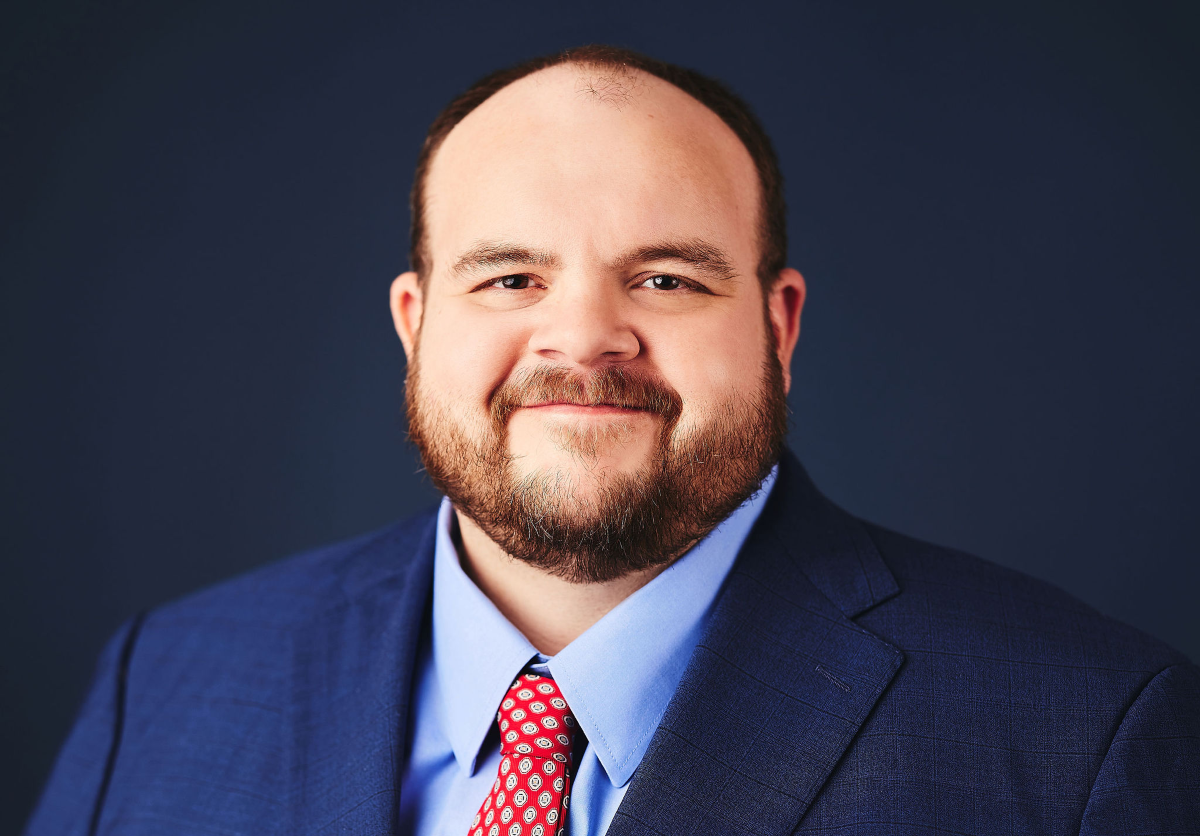Pipe failures leading to a washout underneath a foundation can be a significant loss for policyholders. The question is whether it is covered and how much may be covered. While many insurers will pay to fix the pipe, most will deny coverage for the foundation damage that is caused by the soils being washed out.
So, where do you start? Read the full policy. Many of these cases are going to be decided based on exclusions pertaining to “earth movement.” Still, read the entire policy because additional coverages such a “collapse” may come into play. In When Words Collide: Policy Interpretation Doctrines and the 10 Commandments. Understand your Insurance Policy Better—RTFP!, we noted Bill Wilson’s 10 commandments about reading a policy for coverage:
1. Insurance is NOT a Commodity
2. RTFP! (Read the FULL Policy)
3. Don’t accept a claim denial as gospel
4. The purpose of insurance is to insure
5. All parties have a duty of utmost good faith
6. Most insurance policies are contracts of adhesion, so insuring agreements are interpreted broadly, exclusions narrowly and ambiguities in favor of the insured
7. The burden of proof in determining coverage rests with both parties in the insurance contract
8. Exclusions must be clear and conspicuous
9. The duty to defend is broader than the duty to indemnify
10. Folklore is not a fact
I also suggest that one think about which state law will apply. While I can find cases where no recovery was found for a washout caused by a sudden pipe failure, there are cases to the contrary. For example, in a federal case in New Mexico,1 a court made the following finding for coverage:
Charter Oak argues that, since the structural damage occurred as a result of soil moving, this unambiguously brings the occurrence within the earth movement exclusion. However, the New Mexico Supreme Court has construed ‘earth movement’ to cover only naturally- occurring phenomena such as earthquake or landslide, …and it has been stipulated by the parties herein that any earth movement that occurred was caused by a man-made source, that is, a broken water line.
The court even discussed how State Farm’s policy was different than Charter Oak’s, and that State Farm’s cases did not apply:
Charter Oak relies on a number of cases based on policies written by State Farm Insurance Company. These cases are distinguishable in that State Farm uses unique language, not employed in standard all-risk insurance policies, and which differs from that used in the Charter Oak policy at issue here.
The lead-in clause of the State Farm policy is more specific than the Charter Oak lead-in, but most tellingly, State Farm’s definition of ‘earth movement’ includes ‘the sinking, rising, shifting or expanding or contracting of earth, all whether combined with water or not’ (emphasis added). This language is obviously relevant to the present case. Plaintiffs’ point, that cases involving State Farm policies do not provide precedent for the present case, is therefore well taken.
Defendant’s expert confirms that State Farm adopted language peculiar to itself, and one of plaintiffs’ experts describes State Farm as a ‘deviated company’ which employs its own language and is ‘known in the industry as ones who try to push earth movement as broadly as they can.’ The State Farm approach also tends to indicate, by contrast, that Charter Oak did not intend to exclude earth movement ‘combined with water,’ because had it so intended, it could have adopted State Farm-type language.
Policy forms vary more so today than ever before. Different states treat policy language differently. Read The Full Policy and know the state law for proper legal interpretation.
Thought For The Day
All meanings, we know, depend on the key of interpretation.
—George Eliot
____________________________________
1 Winters v. Charter Oak Fire Ins. Co., 4 F. Supp. 2d 1288 (D.N.M. 1998).




